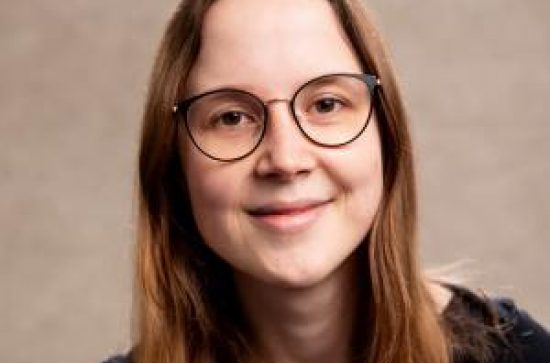
Join Sophie Koudmani, University of Cambridge, as she gives her talk on:
Simulating the supermassive black hole - galaxy connection in the multi-messenger era
Supermassive black holes (SMBHs) reside at the centres of most massive, if not all, galaxies influencing their host galaxy's evolution through a complex feedback cycle. These interactions span an immense range of scales, from the accretion disc to the cosmic web. Recent observational breakthroughs, particularly with the James Webb Space Telescope (JWST), have revealed SMBHs in lower mass galaxies and at higher redshifts than anticipated, challenging existing models.
In this talk, I will explore the latest advancements in modelling active galactic nuclei (AGN) feedback from SMBHs across galaxy masses and cosmic epochs. We have performed a suite of high-resolution cosmological zoom-in simulations to examine the impact of AGN in the low-mass regime. We find that AGN feedback can profoundly influence dwarf galaxy evolution, including outflows, quenching, and cusp-to-core transformations. However, significant uncertainties remain in accretion rates, with many models suppressing AGN activity in low-mass systems by default. To address these challenges, we have developed a novel unified accretion disc model for SMBHs that self-consistently predicts their mass and spin evolution. This model integrates insights from the advection-dominated inflow-outflow solution (ADIOS) and cutting-edge GR(R)MHD simulations. Using the moving mesh code AREPO, we have validated our model through idealised simulations of single and binary SMBHs. Our findings reveal that the assumed accretion disc model critically influences predictions for electromagnetic counterparts and shapes SMBH spin magnitudes and orientations, parameters that gravitational wave observatories like LISA and IPTA are poised to constrain. This demonstrates the need to develop multi-scale SMBH models that can harness the full potential of high-redshift and multi-messenger surveys.
